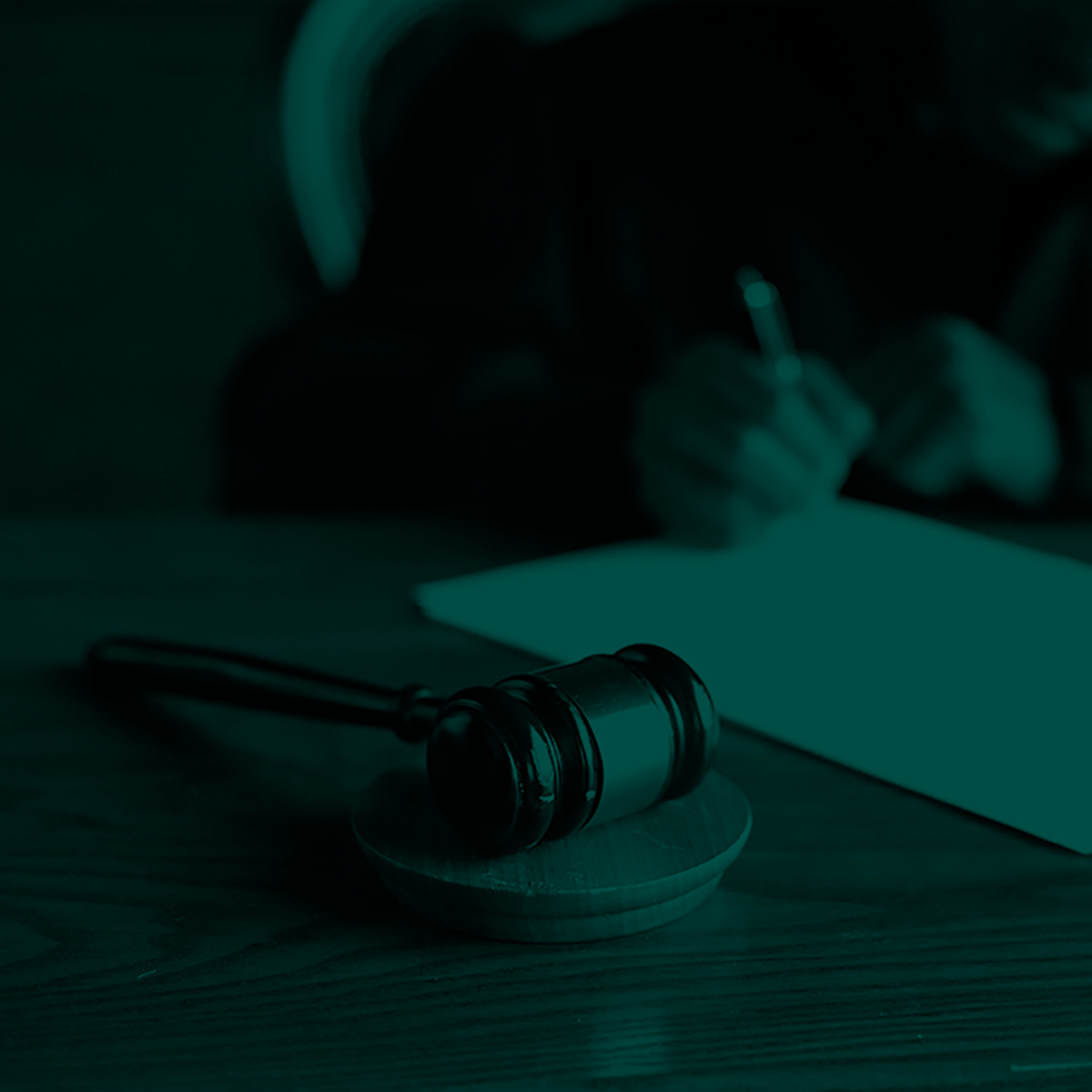Hisham Almansoor (halmansoor@raeesandco.com) & Fatima Alsayed (falsayed@raeesandco.com) – Associates
Our previous entry under the Raees + Co Knowledge Series examined the legal provisions which apply exclusively to commercial company debtors under Decree Law No. 22/2021 on the Issuance of the Law of Execution in Civil and Commercial Matters (“Execution Law” or “the Law”). This volume shall address the provisions relating to provisional attachment by considering first what precisely is provisional attachment, when this remedy may be used and what is the remit of the Urgent Matters Court.
Provisional Attachment & Urgent Matters
The remedy of provisional attachment is not a novel concept that was introduced by the Execution Law. Article 51, the opening provision to Chapter Five of the Law, states “[The Magistrate of Summary Justice] is competent to apply the provisions of this Chapter.” Accordingly, the Law confers the summary judge the jurisdiction to consider matters pertaining to provisional attachment, whereas the Execution judge assumed this role prior the Law’s enactment.
Two Bahraini Court of Cassation judgement may be considered to describe precisely what provisional attachment is, and we note these as follows.
The Court of Cassation held under Challenge No. 67 J.Y. 1991 that “Provisional attachment is what the [Execution Judge] orders against the [funds/assets] of the Debtor in response to the Creditor’s request, which concerns the attachment of moveable property (not real estate), in circumstances where [the Creditor] fears losing security to a right.” Immediately one may discern that this somewhat resembles what is commonly known as injunctive remedies in other jurisdictions.
The Court of Cassation also held under Challenge No. 89 J.Y. 1996 that “The jurisdiction of [summary justice] to impose a precautionary seizure on the proceeds of sold property is contingent on fulfilling the basic conditions of said jurisdiction, being (i) urgency and not prejudice to the origin of a right, (ii) if the urgency that justifies the jurisdiction of the summary judge is imminent, real danger to the right being preserved, (iii) said preservation of the right may not be achieved by ordinary jurisdiction […], (iv) urgency is recognised where one seeks the avoidance of imminent, real harm or danger which may not be mitigated or remedied.”
As such, provisional attachment may be described as a temporary injunctive remedy that is used to place funds or assets of a debtor or a right afforded to a creditor under legal custody to prevent any disposal by the debtor that may cause harm and damage to the rights of creditors. This differs from other traditional forms of attachment that are carried out with a view of selling the asset via public auction and to distribute the proceeds onto creditors.
Most of the provisions of Chapter Five of the Execution Law are taken from Title Eight of Decree Law No. 12/1971 on the Issuance of the Civil and Commercial Procedures Law (“CCPL”). However, the key differences between the set of provisions are that Provisional Attachment now falls under the jurisdiction of the Urgent Matters judge (also referred to as the Summary Justice), in addition to the possibility for the debtor to file a grievance against the judge’s decision to grant the attachment. Article 55 of the Execution Law prescribes a time limit of seven days from the date the debtor is notified or otherwise becomes aware of the attachment.
The Urgent Matters Court therefore does not concern itself with declaring judgements on the right that is being alleged by the party or parties. Its jurisdiction may best be described as ‘non-substantive’.
Next on the Raees + Co Knowledge Series
Our final entry of the Knowledge Series (Volume VI) considers the criminal sanctions regime introduced by the Execution Law and considers how this amounts to an improvement from the old system of Execution under the CCPL. We also provide a final recap of the most significant components of the Execution Law.
For more information, please contact us on info@raeesandco.com.

